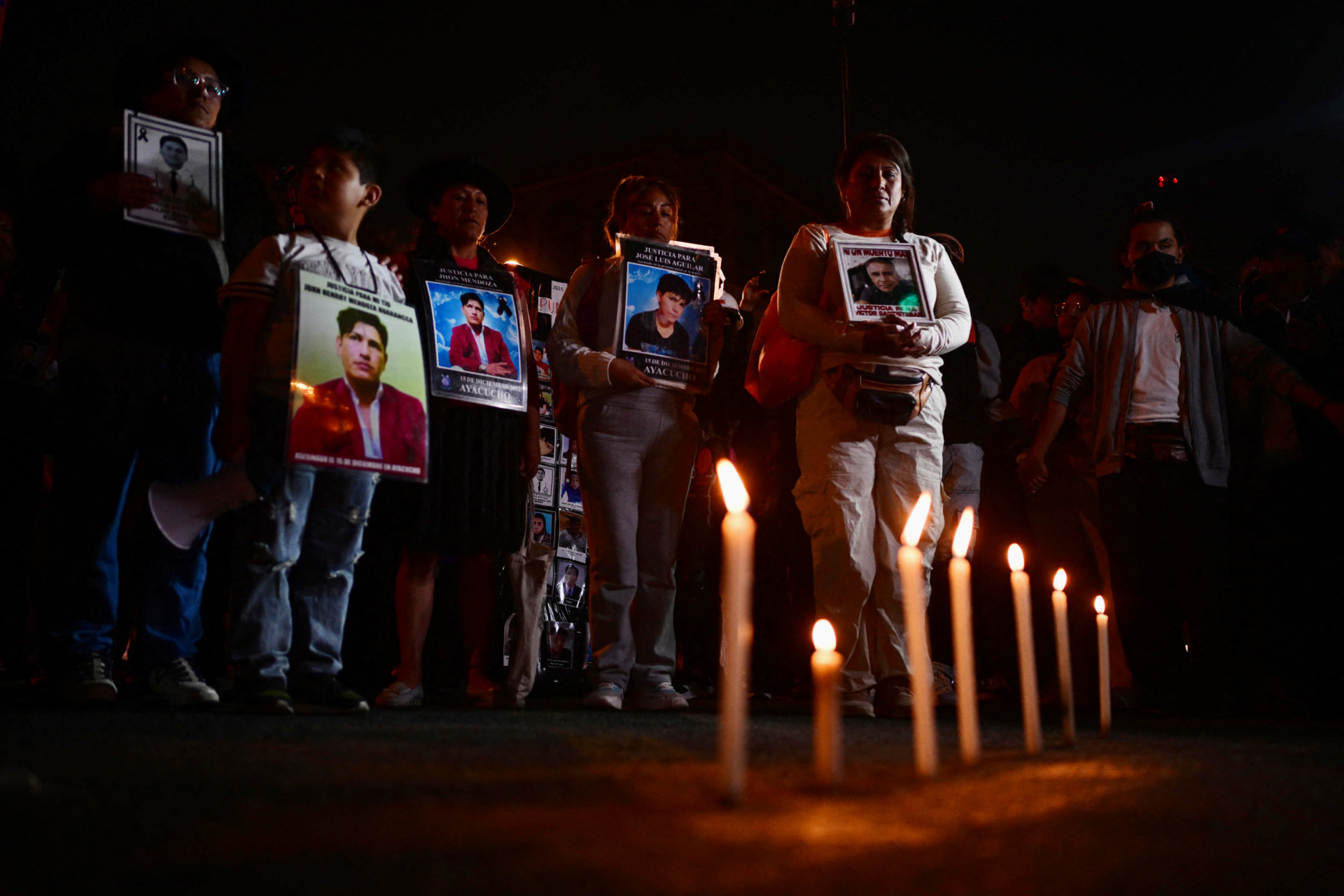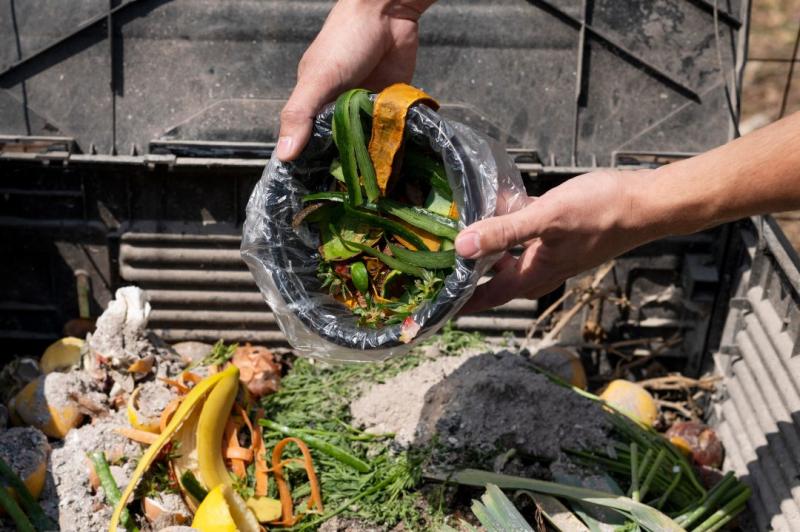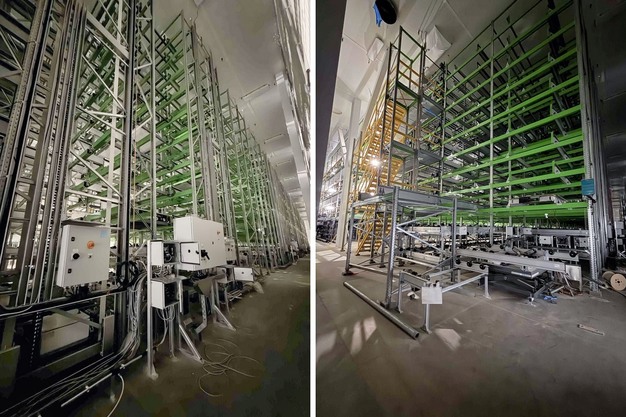Vallas: Work-study changes futures of Chicago’s at-risk youth – Illinois Policy

Report on Youth Employment and Sustainable Development in Chicago
Executive Summary
This report examines the critical issue of youth unemployment in Chicago and its correlation with increased crime rates. It argues that current summer job initiatives are insufficient and proposes the widespread implementation of year-round, paid work-study programs integrated into the public education system. Such a strategy is presented as a direct and effective means of advancing several key United Nations Sustainable Development Goals (SDGs), including SDG 4 (Quality Education), SDG 8 (Decent Work and Economic Growth), SDG 10 (Reduced Inequalities), and SDG 16 (Peace, Justice and Strong Institutions).
Analysis of the Current Situation
Youth Disengagement and its Impact on Community Safety
Recent data indicates a significant challenge to achieving sustainable urban development in Chicago. The city faces high levels of youth disengagement, which undermines community well-being and safety.
- Nearly 45,000 young people are neither in school nor employed.
- Disparities are stark, with 17.3% of Black teens falling into this category, highlighting a failure to meet the targets of SDG 10 (Reduced Inequalities).
- High concentrations of youth joblessness are found on the South and Southwest Sides, exacerbating localized inequalities.
- A documented increase in youth-perpetrated crime coincided with pandemic-era school closures and diminished job programs, demonstrating a direct threat to SDG 16 (Peace, Justice and Strong Institutions).
While summer jobs programs have shown a positive impact, reducing arrests for violent crimes by 43% among participants, their temporary nature limits their long-term effectiveness in fostering sustainable pathways out of poverty and crime.
Gaps in Current Educational and Vocational Offerings
The current educational framework within Chicago Public Schools (CPS) is not adequately equipped to provide the skills and experience necessary for all students to secure meaningful employment. This represents a significant gap in achieving SDG 4 (Quality Education) and SDG 8 (Decent Work and Economic Growth).
- Of 101,000 high school students, only an estimated 15,000 are enrolled in career and technical education programs.
- Data suggests that very few of these students receive the “gold standard” combination of work experience, college credit, and professional credentials.
- This shortfall in practical, career-oriented education leaves a large portion of the city’s youth unprepared for the modern workforce.
A Strategy for Sustainable Development: Integrated Work-Study Programs
The Cristo Rey Model: A Blueprint for Success
The Cristo Rey Jesuit High School provides a proven, scalable model that directly aligns with multiple SDGs. By integrating paid, professional work-study into the core curriculum for its predominantly low-income, minority student body, the school demonstrates how to effectively:
- Advance SDG 4: Provide a high-quality education that is directly relevant to career success.
- Promote SDG 8: Equip every student with professional work experience, financial literacy, and a clear pathway to decent work.
- Fulfill SDG 1: Offer students an income source that can help alleviate household poverty.
- Address SDG 10: Create tangible opportunities for marginalized youth, directly reducing systemic inequalities.
Recommendations for Implementation
Leveraging Public-Private Partnerships for Decent Work (SDG 8 & SDG 11)
The city administration is positioned to lead a multi-sector effort to create thousands of work-study opportunities, contributing to a more sustainable and inclusive urban economy (SDG 11: Sustainable Cities and Communities).
- The City of Chicago should create paid work-study placements within its own departments, including public safety, transportation, aviation, and professional services.
- City contracts and development subsidies should mandate that vendors and developers provide paid pre-apprenticeships and internships for CPS students.
- Incentives should be offered to private sector employers to encourage their participation and expand the range of occupational experiences available to students.
Reforming the Educational Framework for Quality and Equity (SDG 4 & SDG 10)
Systemic change within CPS is required to embed work-study as a core component of secondary education. This requires institutional commitment and flexibility to ensure equitable access and quality outcomes.
- CPS should re-prioritize a portion of its operating budget to fund tens of thousands of work-study positions annually, making a direct investment in the city’s future workforce.
- Work-study programs should be integrated into the school schedule, potentially as an alternative to non-essential electives, to ensure they are a central part of the educational experience.
- The number of alternative schools offering occupational training, such as the Youth Connection Charter School model, must be expanded to re-engage out-of-school youth, a critical step in addressing SDG 4 and SDG 10.
- Success depends on the cooperation of institutional stakeholders, including the Chicago Teachers Union, to provide the flexibility needed to operate these innovative programs, reinforcing the importance of SDG 16 (Strong Institutions).
Conclusion: A Comprehensive Approach to Sustainable Urban Futures
Adopting a year-round, paid work-study model is more than a public safety initiative; it is a foundational strategy for building a more equitable, prosperous, and sustainable Chicago. By connecting students to the world of work while they learn, the city can disrupt intergenerational cycles of poverty (SDG 1), provide a quality and relevant education (SDG 4), create direct pathways to decent work (SDG 8), reduce profound inequalities (SDG 10), and foster safer, more peaceful communities (SDG 16).
Identified Sustainable Development Goals (SDGs)
-
SDG 4: Quality Education
The article emphasizes the need to reform public education by integrating year-round paid apprenticeships and work-study programs. It highlights the gap between the current career and technical education offerings and the actual needs of students, advocating for models like Cristo Rey Jesuit High School and alternative schools to provide practical skills, financial literacy, and pathways to post-graduation success, especially for at-risk youth.
-
SDG 8: Decent Work and Economic Growth
The core issue discussed is youth unemployment in Chicago. The article points out the high number of young people who are out of school and jobless and proposes creating “tens of thousands of work-study jobs” as a solution. This directly relates to promoting productive employment and decent work for young people.
-
SDG 10: Reduced Inequalities
The article specifically calls out the disparities affecting Chicago’s youth. It states that “17.3% of Black teens were out of school and not working” and that joblessness is concentrated in South Side and Southwest Side neighborhoods. The proposed solutions, such as the Cristo Rey model which serves “overwhelmingly poor, minority students,” aim to provide opportunities to these specific, disadvantaged groups, thereby reducing social and economic inequality.
-
SDG 16: Peace, Justice and Strong Institutions
A strong connection is made between a lack of educational and employment opportunities and rising crime rates. The article notes a “record increase in shootings, homicides and carjackings committed by school-aged youths” during the pandemic when schools were closed. It also cites a study showing a “43% decrease in arrests for violent crimes among students in summer jobs programs,” positioning youth employment as a key public safety and crime reduction strategy.
Specific Targets Identified
-
SDG 4: Quality Education
- Target 4.3: By 2030, ensure equal access for all women and men to affordable and quality technical, vocational and tertiary education, including university. The article’s call to expand career and technical education (CTE), work-study programs, and apprenticeships directly supports this target by advocating for more accessible vocational training within the public school system.
- Target 4.4: By 2030, substantially increase the number of youth and adults who have relevant skills, including technical and vocational skills, for employment, decent jobs and entrepreneurship. The proposal for year-round work-study is explicitly designed to provide students with “real working world” experience, “work skills,” and “financial literacy” to prepare them for employment.
-
SDG 8: Decent Work and Economic Growth
- Target 8.6: By 2030, substantially reduce the proportion of youth not in employment, education or training (NEET). The article directly addresses this by citing that “nearly 45,000 young people and teens were both out of school and jobless” and proposing work-study programs as a way to re-engage this population.
-
SDG 10: Reduced Inequalities
- Target 10.2: By 2030, empower and promote the social, economic and political inclusion of all, irrespective of age, sex, disability, race, ethnicity, origin, religion or economic or other status. The focus on creating opportunities for youth in specific high-joblessness neighborhoods and for “poor, minority students” is a direct effort to promote economic inclusion for marginalized groups.
-
SDG 16: Peace, Justice and Strong Institutions
- Target 16.1: Significantly reduce all forms of violence and related death rates everywhere. The article uses crime reduction as a primary justification for its proposals, linking work-study programs to public safety and citing data that shows a significant decrease in violent crime arrests among youth who are employed.
Implied Indicators for Measuring Progress
-
For SDG 4 (Quality Education)
- Indicator for Target 4.4: The number of high school students enrolled in career and technical education, work-study, or apprenticeship programs. The article mentions that “approximately 15,000 students” are in some form of CTE program, but suggests this number is insufficient and that only a few get true work experience.
-
For SDG 8 (Decent Work and Economic Growth)
- Indicator for Target 8.6: The proportion of youth (specifically teens) not in employment, education, or training (NEET). The article provides a baseline figure of “nearly 45,000 young people and teens” and a specific rate of “17.3% of Black teens” for 2022.
-
For SDG 16 (Peace, Justice and Strong Institutions)
- Indicator for Target 16.1: The rate of arrests for violent crimes among youth. The article implies this is a key metric by citing a study that found a “43% decrease in arrests for violent crimes among students in summer jobs programs.” It also mentions the “record increase in shootings, homicides and carjackings committed by school-aged youths” as a negative indicator.
Summary Table of SDGs, Targets, and Indicators
| SDGs | Targets | Indicators Identified in the Article |
|---|---|---|
| SDG 4: Quality Education | Target 4.4: Substantially increase the number of youth and adults who have relevant skills, including technical and vocational skills, for employment, decent jobs and entrepreneurship. | Number of students enrolled in Career and Technical Education (CTE) and work-study programs (currently ~15,000 in CTE). |
| SDG 8: Decent Work and Economic Growth | Target 8.6: Substantially reduce the proportion of youth not in employment, education or training (NEET). | Number and percentage of youth out of school and jobless (cited as nearly 45,000 people and 17.3% of Black teens). |
| SDG 10: Reduced Inequalities | Target 10.2: Empower and promote the social, economic and political inclusion of all, irrespective of race, ethnicity, or economic status. | Concentration of youth joblessness in specific neighborhoods (South Side, Southwest Side) and among specific demographics (Black teens, poor minority students). |
| SDG 16: Peace, Justice and Strong Institutions | Target 16.1: Significantly reduce all forms of violence and related death rates everywhere. | Rate of arrests for violent crimes among youth (a 43% decrease was noted for employed youth); rates of shootings, homicides, and carjackings by school-aged youth. |
Source: illinoispolicy.org

What is Your Reaction?
 Like
0
Like
0
 Dislike
0
Dislike
0
 Love
0
Love
0
 Funny
0
Funny
0
 Angry
0
Angry
0
 Sad
0
Sad
0
 Wow
0
Wow
0



























































.jpg?#)

















